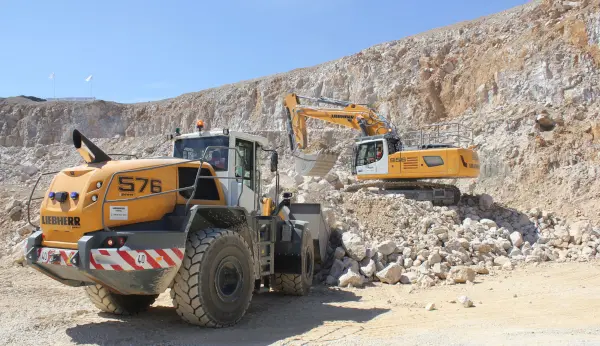WRAP study provides further support for foamed concrete
A new study by WRAP (Waste & Resources Action Programme) has found further evidence that formed concrete mixes using recycled and secondary aggregates offer similar characteristics and levels of performance to mixes using primary materials.
Researchers found the consistency, cube strength, drying shrinkage and leaching potential of foamed concrete using RSA to be comparable to that of equivalent sand foamed concrete.
The study also revealed no significant variation in the performance of foamed concrete using sustainable aggregates from single and multiple sources, and the material can be recycled repeatedly requiring little energy consumption.
John Barritt, technical advisor for aggregates at WRAP, commented: ‘The advantages of foamed concrete are becoming better understood by the construction industry but it is clear the majority of material produced still uses primary aggregates. This study builds on the research WRAP has already produced and further strengthens the case for using more sustainable aggregates in the production of foamed concrete.’
The latest research builds on two previous WRAP-supported studies, the first of which found foamed concrete to be an ideal material through which the consumption of primary aggregates can be reduced, due to the high volume of air required in the mix and the fact coarse aggregate is not needed in its composition. The second study showed that foamed concrete could be produced using a wide range of recycled and secondary aggregates as full or partial replacement for primary sand.
More detailed findings from the study can be found in WRAP’s technical document – Specification and Quality Control of Foamed Concrete Incorporating RSA – which is available at: www.aggregain.org.uk
Researchers found the consistency, cube strength, drying shrinkage and leaching potential of foamed concrete using RSA to be comparable to that of equivalent sand foamed concrete.
The study also revealed no significant variation in the performance of foamed concrete using sustainable aggregates from single and multiple sources, and the material can be recycled repeatedly requiring little energy consumption.
John Barritt, technical advisor for aggregates at WRAP, commented: ‘The advantages of foamed concrete are becoming better understood by the construction industry but it is clear the majority of material produced still uses primary aggregates. This study builds on the research WRAP has already produced and further strengthens the case for using more sustainable aggregates in the production of foamed concrete.’
The latest research builds on two previous WRAP-supported studies, the first of which found foamed concrete to be an ideal material through which the consumption of primary aggregates can be reduced, due to the high volume of air required in the mix and the fact coarse aggregate is not needed in its composition. The second study showed that foamed concrete could be produced using a wide range of recycled and secondary aggregates as full or partial replacement for primary sand.
More detailed findings from the study can be found in WRAP’s technical document – Specification and Quality Control of Foamed Concrete Incorporating RSA – which is available at: www.aggregain.org.uk



